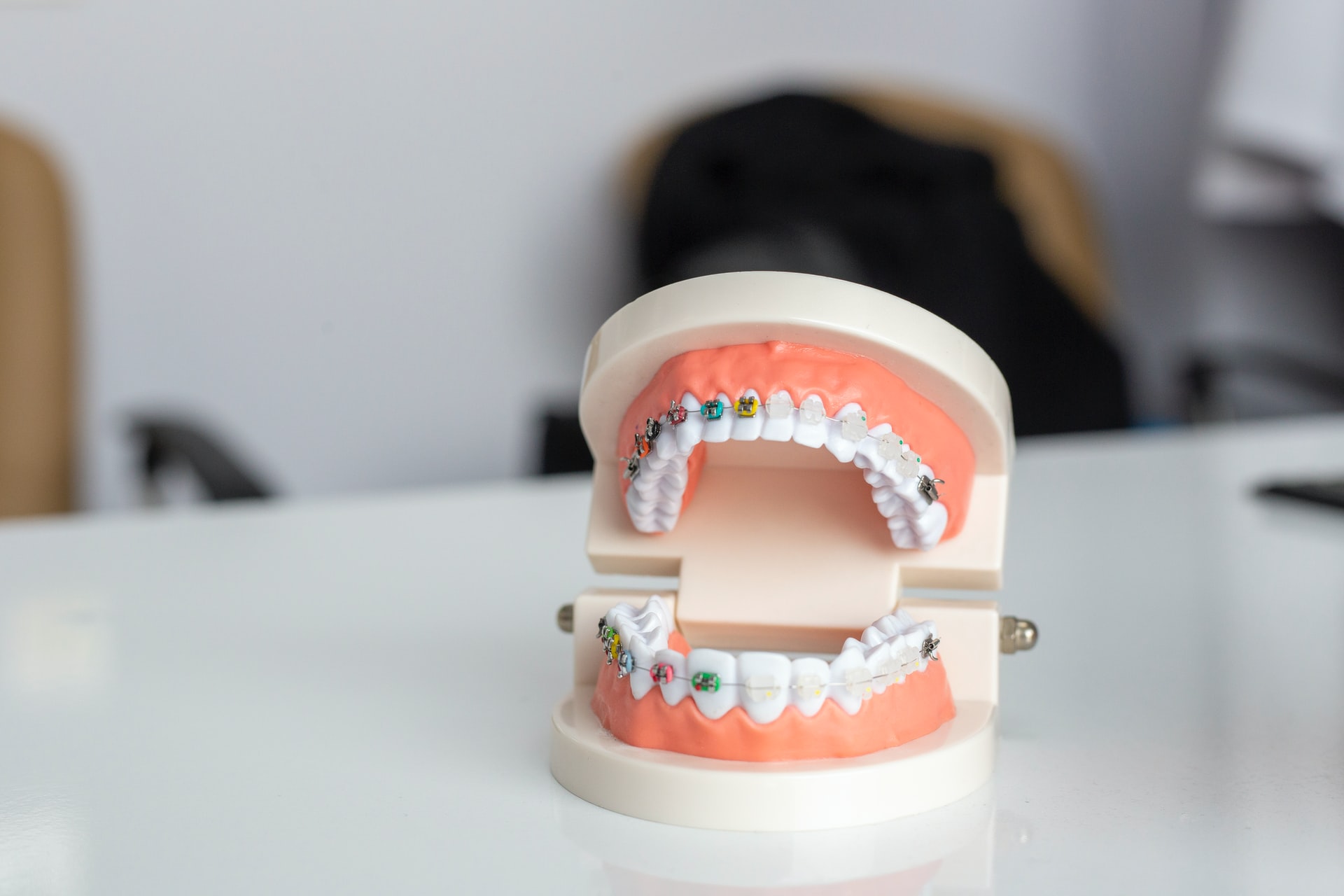Time flies, except when you’re wearing braces — or at least that's how it feels. Although modern orthodontic methods have improved by leaps and bounds since the olden days, orthodontic treatment still conjures images of bulky and unsightly apparatuses straight out of a medieval dungeon keeper's mail-order catalog. But we have news for you — thanks to modern innovations, you may spend less time in braces than you think!
Because each patient is different, there is no universal orthodontic treatment plan or universal treatment timetable. Age, genetics, and the severity of the misalignment or malocclusion issues (i.e. “bad bite”) all influence what orthodontic treatment you need, how effective it will be, and how long the process takes. Most cases resolve within a year and a half to two years; some are shorter or longer. However, new advancements in orthodontics technology are making treatment more precise and effective — if not more efficient — than ever.
Orthodontics for the Digital Age
It’s the 21st century. Information, entertainment, and commerce have all been digitized. So has orthodontics. Digital X-rays provide a clearer picture and instantaneous access to the practitioner. Cone-beam computed tomography (CBCT) scanners create 3D images of the teeth, giving your orthodontist a more realistic blueprint to work from. More detailed imagery, better dental impressions, and more intelligent software equal a more focused treatment plan from the outset — and fewer setbacks on the path to a straighter smile.
Orthodontic Materials That Perform for You
Brackets and wires are no longer a foregone conclusion for today’s orthodontic patient. Invisalign® aligners fit over teeth, are fully removable, and are generally unnoticeable. Smile makeovers (such as those offered at Sleep Dentistry with Dr. Kevin Mahoney) can be customized to treat only the teeth that show when you flash your pearly whites (and if yours aren't so pearly white, check out our Lifetime Whitening program). In these cases, a more sparkling smile can be achieved in as little as six months.

Even patients who do have to wear more traditional appliances will be pleased to know that advances have been made in these materials. Nickel and copper-titanium wires are optimized to temperatures in the mouth and will better self-adjust to shifts and changes as they are happening. Temporary anchorage devices (TADs) — tiny titanium screws or implants painlessly installed with a little anesthetic — give stubborn teeth the extra push they need to move along their proper course.
New Frontiers in Accelerated Orthodontics
In the future, accelerated orthodontics procedures may become more mainstream. These techniques rely on stimulating bone growth to get teeth to move in a fraction of the time, either through surgically shaving and reshaping bones and gums (PROPEL system) or calibrated vibrations (as through the AcceleDent, a device that fits over the orthodontics and delivers a micropulse to spur cellular activity). Each technique has been made less invasive and more effective as time progresses, so be sure to ask your dentist about this revolutionary medical enhancement.
Orthodontic Services at Sleep Dentistry with Dr. Kevin Mahoney
The key to a successful orthodontic treatment plan is working smarter, not faster. With a more individualized plan and following your doctor's instructions, the time you spend in braces or aligners may fly by after all. Sleep Dentistry with Dr. Kevin Mahoney allows you to get more work done in fewer visits with less pain and discomfort. You’ll be showing a beautifully bare smile before you know it!

